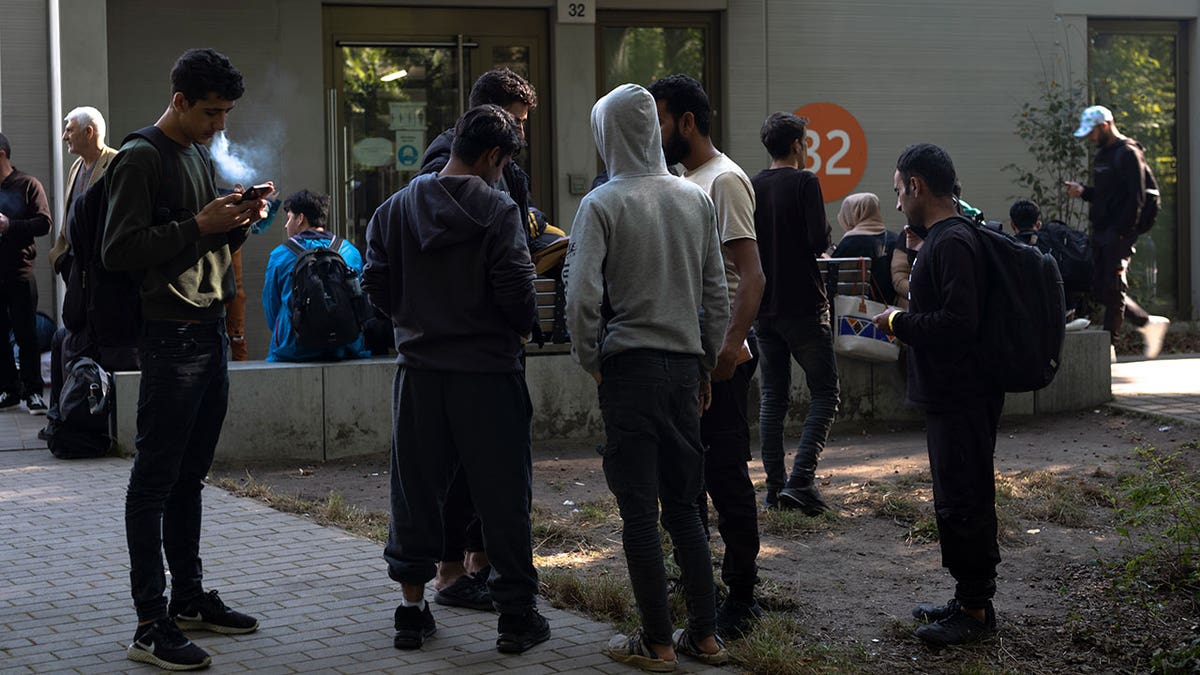Fox News Flash top headlines for January 8
Fox News Flash top headlines are here. Check out what's clicking on Foxnews.com.
- The number of asylum applications in Germany increased by 51.1% to reach 351,915 in the previous year.
- Migration has emerged as a significant political challenge, with communities struggling to accommodate the influx of newcomers.
- Temporary border controls were implemented at frontiers with Poland, the Czech Republic and Switzerland.
The number of people applying for asylum in Germany last year rose to 351,915, an increase of 51.1% compared with the year before.
The largest number of asylum-seekers came from Syria, with 104,561 applications, followed by Turkish citizens with 62,624 asylum pleas and 53,582 Afghans, Germany's Federal Office for Migration and Refugees said Monday.
Migration has become a huge political problem for the government and a hot-button topic in Germany as local communities are struggling to house the many newcomers.
7 DEAD, 16 INJURED IN GERMANY AFTER SUSPECTED MIGRANT-SMUGGLING VEHICLE CRASHES
German Chancellor Olaf Scholz, who faces enormous pressure from the opposition and elsewhere to halt the trend, has said that "too many are coming."

Dozens of people from all over the world line in front of the central registration center for asylum seekers in Berlin, Germany, on Sept. 25, 2023. The number of people applying for asylum in Germany last year rose to 351,915, an increase of 51.1% compared with the year before. (AP Photo/Markus Schreiber, File)
Late last year, Scholz and the 16 state governors agreed on new and stricter measures to curb the high number of migrants flowing into the country, reaching a compromise that included speeding up asylum procedures, benefit restrictions for asylum-seekers and more financial aid from the federal government for the states and local communities dealing with the influx.
Germany has also taken in more than 1 million Ukrainians since the start of Russia’s war in their homeland.
GERMAN POLICE ARREST 2 MEN ACCUSED OF SMUGGLING OVER 200 MIGRANTS INTO EUROPE
In the fall, Germany introduced temporary border controls at its frontiers with Poland, the Czech Republic and Switzerland, going a step beyond a move last month to strengthen checks on its eastern border. The Central European country has been conducting similar systematic checks at its border with Austria since 2015.
In a further measure to curb the number of migrants in the country, the government has also been trying to facilitate deportations of unsuccessful asylum-seekers and stiffen the punishment of people smuggling migrants.
Last year's numbers are still far below the figures from 2015-16, when more than 1 million migrants came to Germany, mostly from Syria, Afghanistan and Iraq.

